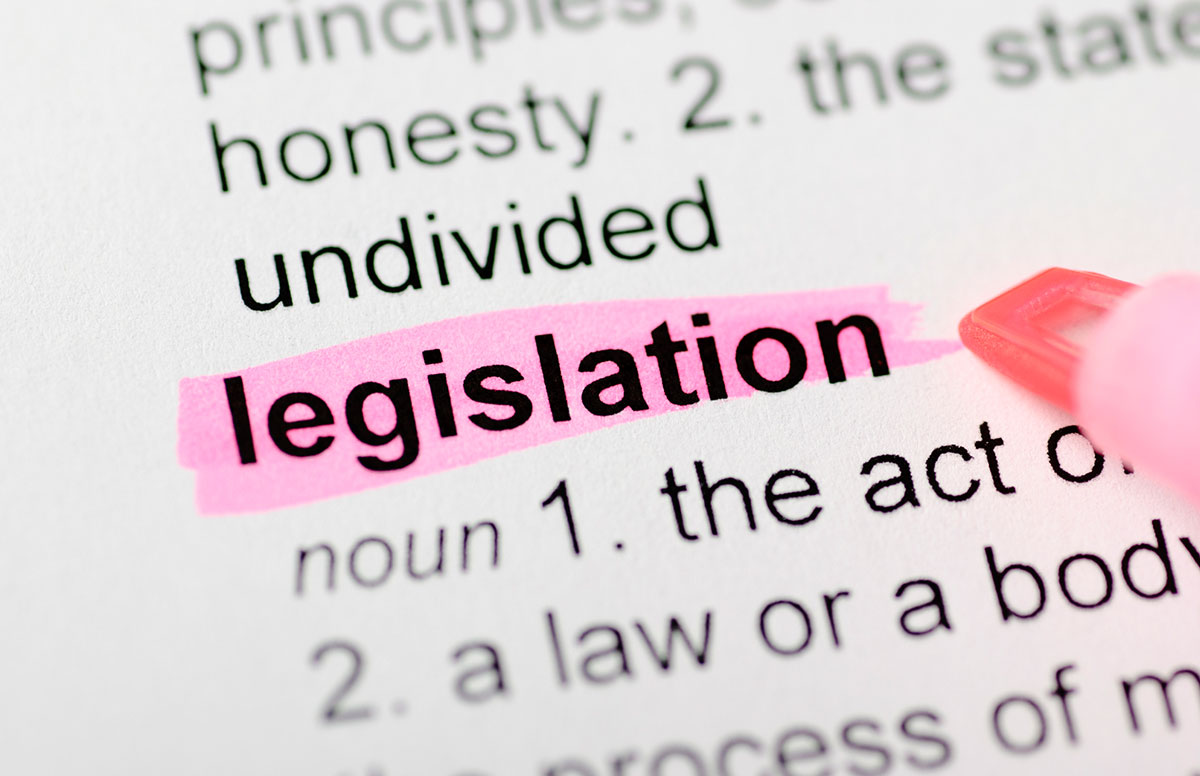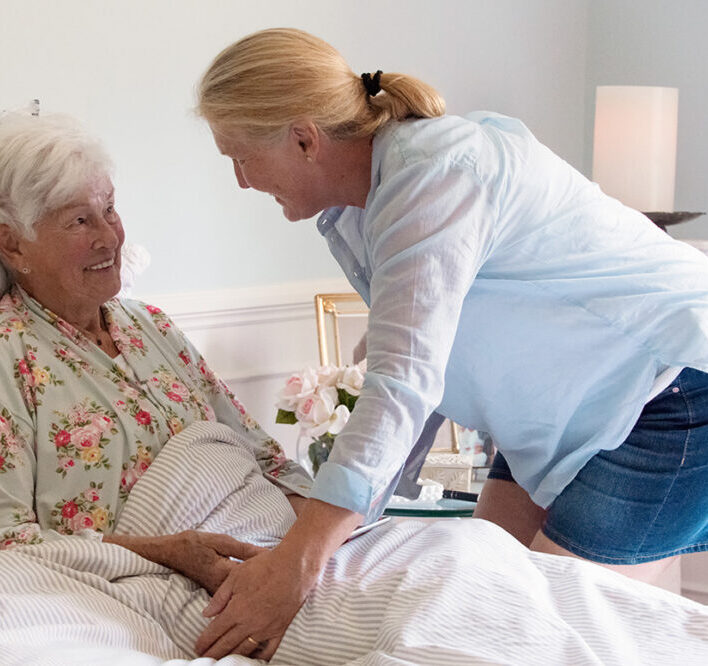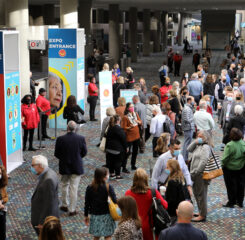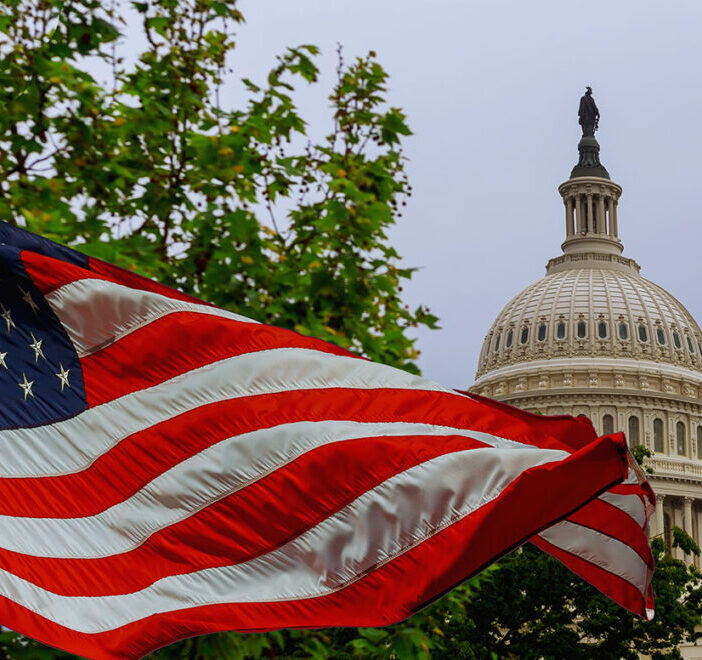As of October 1, 2022, CMS updated three payment codes regarding chaplain services to allow for greater use. Previously, chaplains had what are called healthcare common procedure coding system or HCPCS Level II codes. These are part of the standardized coding system that is used primarily to identify products, supplies, and services not included in the CPT codes, like durable medical equipment. However, these chaplain codes could only be used at the Department of Veterans Affairs due to the unique statutory requirements of that department to provided chaplain supports.
In February of 2022, LeadingAge and other hospice associations sent a letter to CMS pushing the agency to change these codes so they could be used in hospice to capture chaplain visits. After two years of organizations like LeadingAge and HealthCare Chaplaincy Network submitting requests for changes in the three chaplain HCPCS codes, this year CMS finally decided to change the definition of the code to say simply, “Assessment by chaplain services” instead of “Assessment by department of veterans affairs chaplain services”. This change went into effect October 1, 2022.
Members will need to check payer policies effective October 1st to see if Medicare Advantage or Medicaid will cover chaplain services reported using the HCPCS Level II codes. The three codes updated this year are:
- Q9001 Assessment by chaplain services
- Q9002 Counseling, individual, by chaplain services
- Q9003 Counseling, group, by chaplain services
For many of our members, chaplain services are a key part of services. For hospice members especially, this change is very welcome since chaplain and spiritual services are a core part of the hospice philosophy, and these staff are required and integral members of the interdisciplinary team (IDT). While chaplain services are not reimbursed separately in hospice due to the per-diem nature of the benefit, having these codes will help the provider community gather more data on chaplain visits at the end of life. In many instances, the clinically appropriate, and person-centered IDT team member to visit in the final days of life is the chaplain. However, when the claims measure was being developed there was no coding available to capture those visits, therefore chaplains were excluded as part of the eligible clinicians for the new claims measure. This information could help to support advocacy regarding updating the new claims-based measure Hospice Visits in the Last Days of Life (HVLDL) to reflect the real value chaplains bring to end of life care

 Budget Reconciliation 2025
Budget Reconciliation 2025 Federal Judge Blocks Early Termination of TPS for Haiti
Federal Judge Blocks Early Termination of TPS for Haiti Update and Insights: SNF Off-Cycle Revalidations
Update and Insights: SNF Off-Cycle Revalidations






